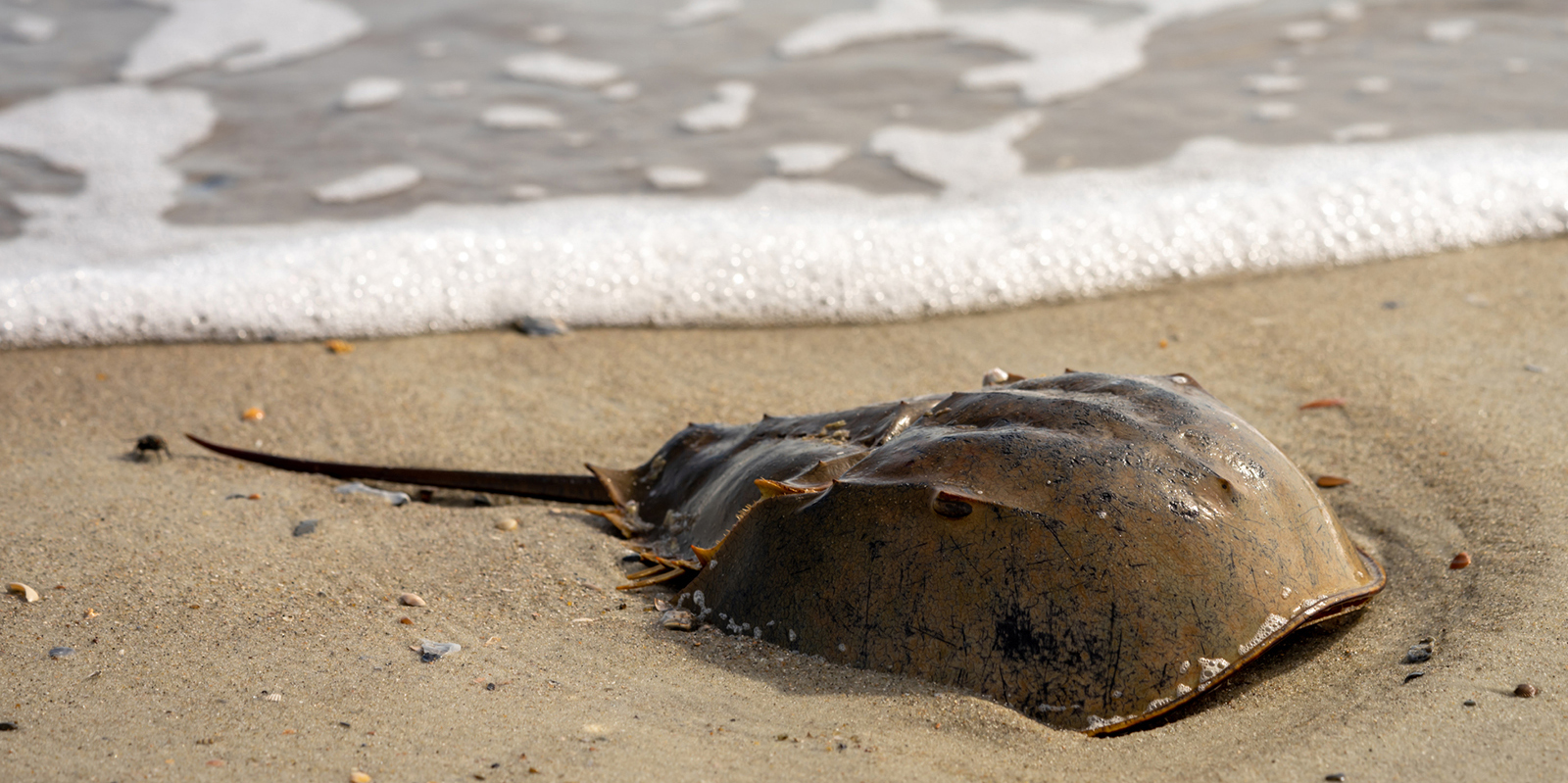Get Used to Warming Water in Narragansett Bay
July 24, 2011
The latest heat wave isn’t just roasting people and their cars, it’s also turning up the temperature in Narragansett Bay.
As Providence notched 101 degrees Friday, surface temperatures in the upper bay hit 85 degrees, well above the average and well ahead of the peak dog days of summer. Folks at the Narragansett Bay Commission say water temperatures could still increase as the seasonal flow of warm currents from the Gulf Stream to Rhode Island peak in August.
So far the latest hot spell has been tough on sea life, like fish and clams, by stifling oxygen levels. But the bathtub temps haven’t triggered algae blooms or the large fish kills seen in recent years.
“We haven’t seen any heat-related phenomenon at this point,” said John Torgan, baykeeper for Save The Bay. “(But), it would not surprise me to see algae blooms and small-scale clam kills.”
Warmer water also alters the bay’s habitat, making it less hospitable for sea life such as lobster and winter flounder. Higher temperatures also stress eelgrass beds, which grow best in cool, clean water.
The combined sewer overflow project in the upper bay is helping reduce pollution from stormwater runoff. Already fishing supplies are higher while quahoging restrictions have been eased in parts of the bay.
The record heat, however, is confirming the long-term trend of warmer weather for Rhode Island. Since 1895, the average temperature in Providence has risen 4 degrees. The local warming also has increased annual precipitation by nearly a foot during the past century, and rain and snow is expected to increase another 20 percent to 30 percent by 2100.
“And that has a lot to do with climate change,” said Thomas Uva, of the Narragansett Bay Commission. “It’s real when you look at the data, it’s hard to dispute.”
Scientists predict that the further melting of glacial ice sheets along with warmer (expanding) water will lead to a sea level rise between 3 inches to 5 feet for the bay during the current century. A 2008 report by the Coastal Resource Management Council predicts higher sea levels coupled with more stormwater runoff will lead to extensive erosion and severe loss of beaches, coastal habitat and inland land. Drinking water will be contaminated as salt leaches into aquifers. Higher water tables will stress wastewater treatment plants. And expect a greater frequency of events such as the March 2010 flood.
Rhode Island is already making plans to address global warming reductions along with adaptation strategies to strengthen and improve infrastructure for harsher weather.
But even if sudden, drastic steps are taken to lower the Earth’s temperature, stable, cooler weather and water will not be back for a long time, according to a 2007 study by the United Nations Intergovernmental Panel on Climate Change.
“Due to the timescales associated with climate processes and feedbacks, anthropogenic warming and sea level rise will continue for centuries regardless of steps taken to curb greenhouse gas emissions,” the report stated.
Categories
Join the Discussion
View CommentsRecent Comments
Leave a Reply
Your support keeps our reporters on the environmental beat.
Reader support is at the core of our nonprofit news model. Together, we can keep the environment in the headlines.
We use cookies to improve your experience and deliver personalized content. View Cookie Settings




And when we combine the higher temperatures with the acidification of the ocean due to carbon overloading, the bay is in big doo doo